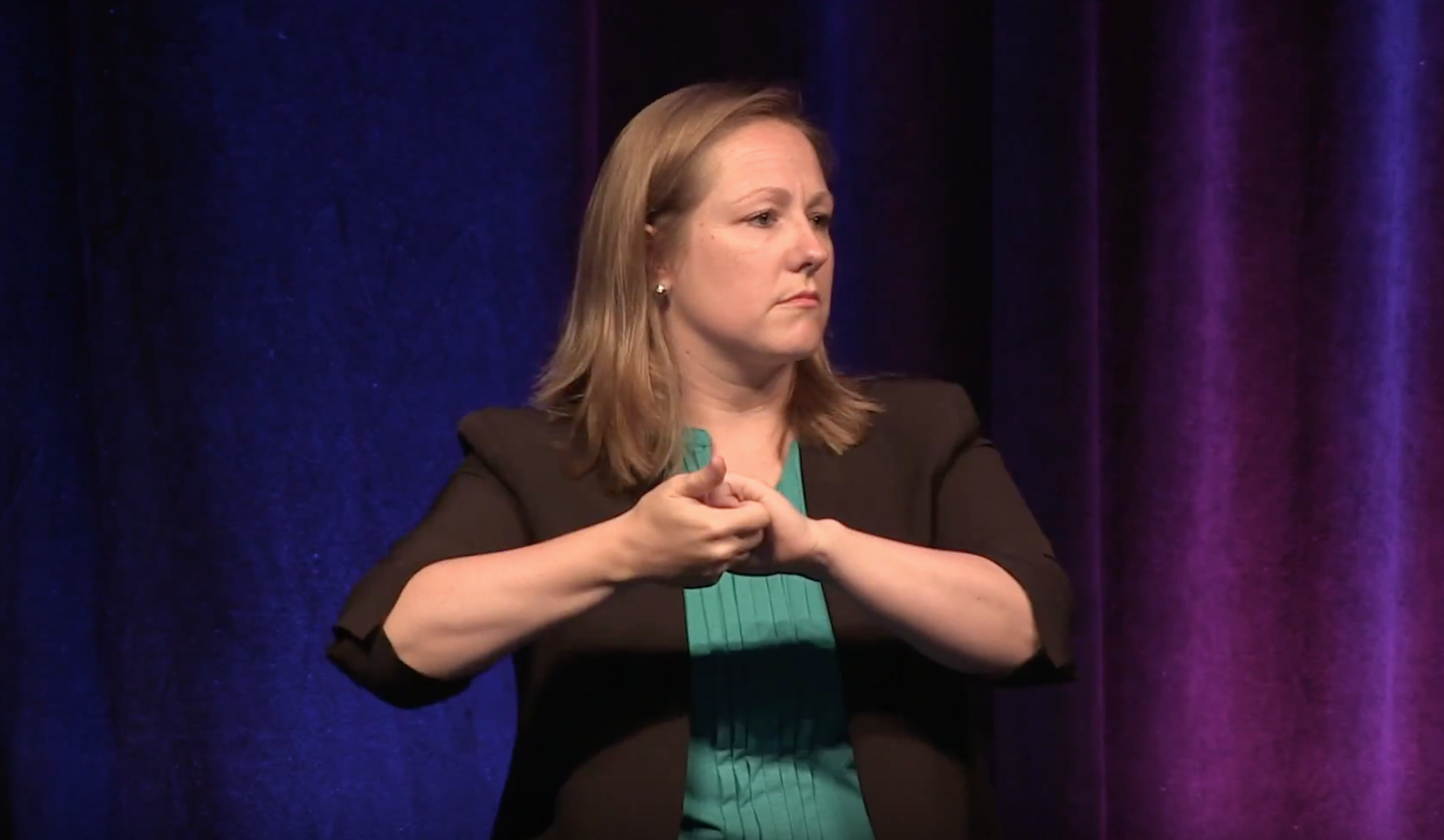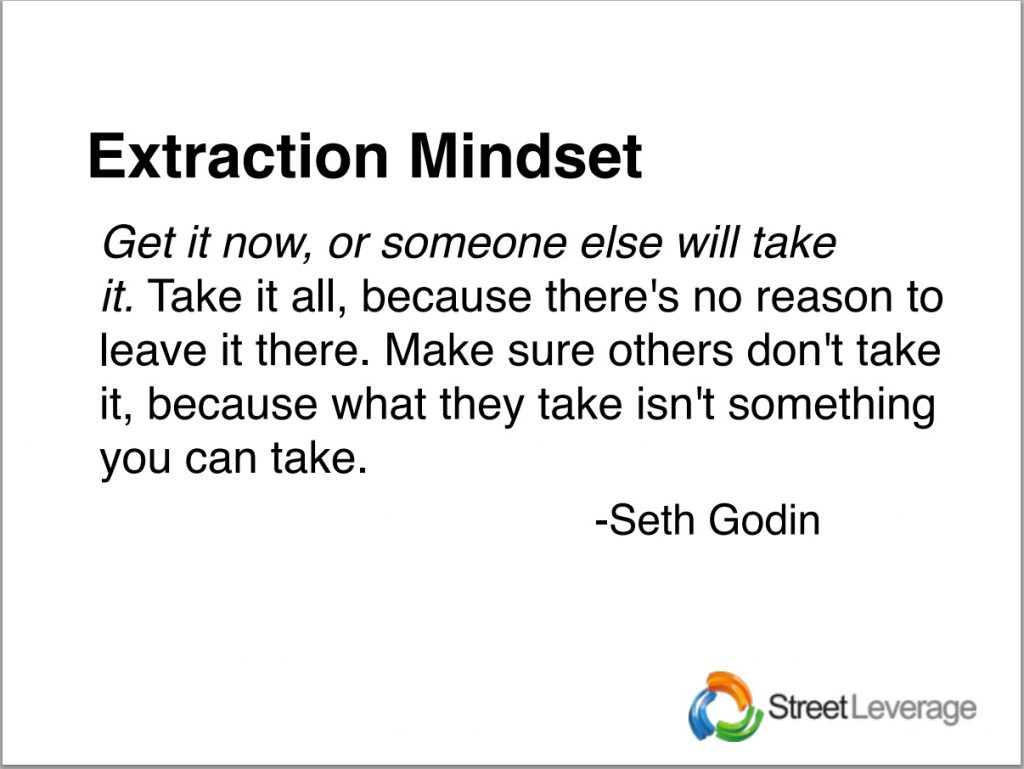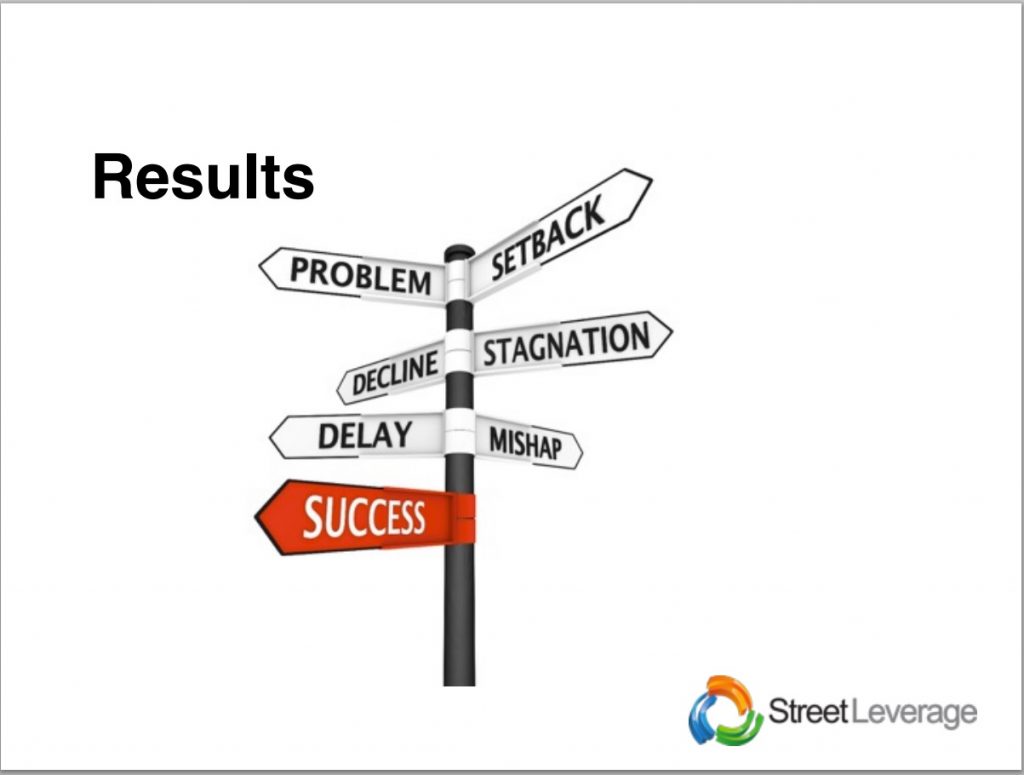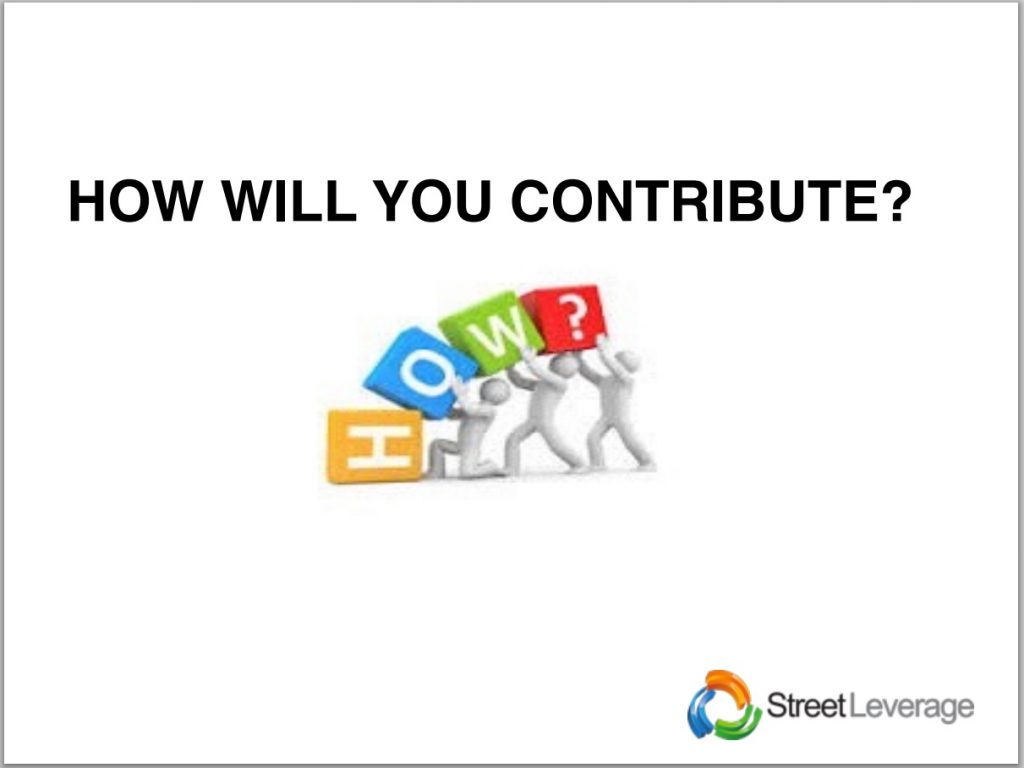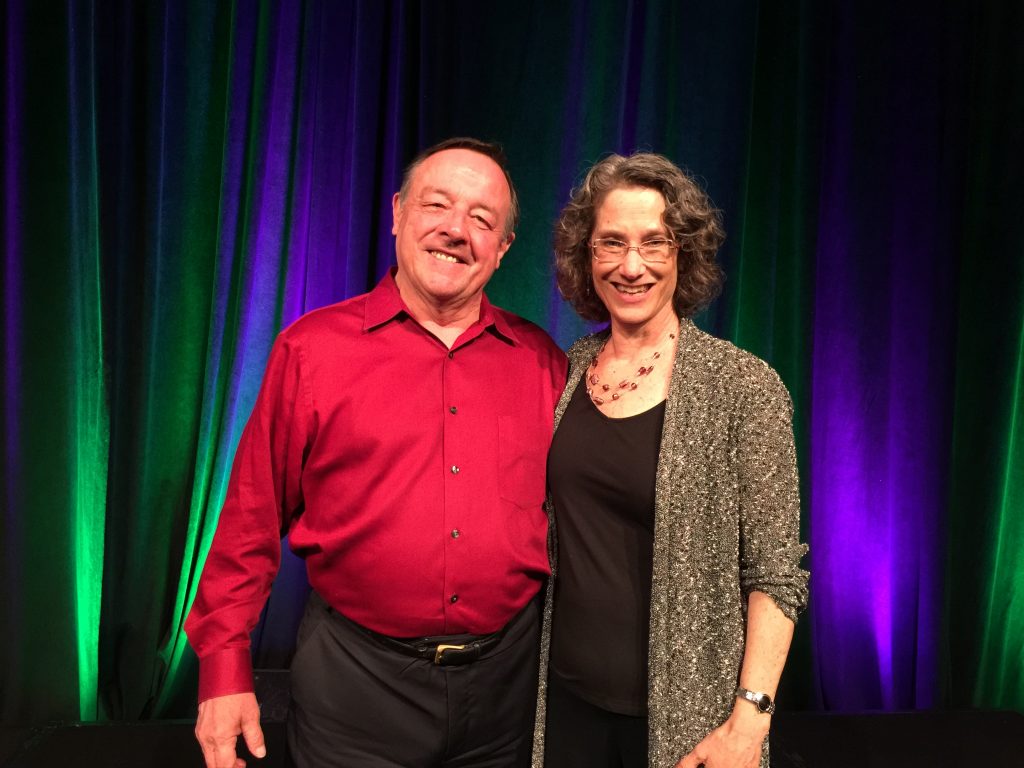
The FCC’s “10-minute rule” and their stance on information gathering to contextualize calls in VRS have been widely misunderstood. Understanding the intent of these regulations can help return discretion to VRS interpreters.
A great American journalist, Margaret Fuller, once said, “If you have knowledge, let others light their candles in it.” Sign language interpreters often work in isolation and have limited opportunities to interact and, therefore, limited opportunities to share knowledge. Fortunately, with technological advancements, we have platforms such as Street Leverage to disperse information throughout the community.
My inspiration to write this comes from my discovery of information when I was preparing for a lesson on the Video Relay Service industry for my interpreting students. In addition to being a video relay interpreter for the past six years, I am also a lecturer at one of the largest interpreter training programs in the country at the National Technical Institute for the Deaf. As a colleague of mine, Brian Morrison, once said, “It takes a village to raise a sign language interpreter,” so I take my job as a lecturer very seriously and work hard to ensure the information I share in my classroom is accurate. Due to the size of our program, I realize the impact I have as an educator on both the Deaf and interpreting communities.
Revisiting FCC Regulations
While searching through some of the FCC regulations to prepare for my lecture, I came across the FCC’s 2006 revision to the “10-minute rule”. It had been my understanding that unless a switch was requested by the caller (either hearing or Deaf), an interpreter or Communication Assistant (CA), must remain in the call for at least 10 minutes before transferring the call to another interpreter. My understanding was incorrect. On June 16, 2006, the FCC released an order on two VRS issues: the FCC’s 10-minute rule and the interpreter’s role regarding asking questions to callers.
Understanding the “10-Minute Rule”
The first issue deals with the FCC’s 10-minute rule, which requires CAs to remain with a TRS user for at least 10 minutes before transferring the call to another CA. In the 2006 order, the FCC clarifies that in the event a video interpreter handling a VRS call in sign language finds that effective communication is not taking place, the interpreter may change to another interpreter before the initial 10 minutes have passed. The FCC explained that
“there may be VRS calls during which the party using sign language, the CA, or both, find that they are unable to communicate effectively because of regional dialect differences, lack of knowledge about a particular subject matter (e.g., a technical or complex subject matter), or other reason. In these circumstances, when effective communication is not occurring, we conclude that the 10-minute in-call replacement rule is not violated if the VRS provider has another CA take over the call.”
This discovery was new information to me. After reading Richard Peterson’s article “Profession in pentimento”, I had been under the impression that one of our most important values as sign language interpreters, our use of discretion, is in direct conflict with the FCC regulations found in Title 47 of the Code of Federal Regulations. The regulation found on page 266 of the Mandatory Minimum Standards states:“Consistent with the obligations of telecommunications carrier operators, CAs are prohibited from refusing single or sequential calls…”
Can VRS Interpreters Exercise Discretion?
According to Peterson, this rule is widely interpreted to mean that interpreters working as communication assistants must – without exception – accept any and all calls; in other words, they cannot exercise discretion, stating,
“From the frame of reference of the FCC, everything professional interpreters believe about the bedrock value of exercising discretion in our work is misprised, rendered inoperative.”
On their Video Relay Consumer Facts page 7, the FCC states it a little differently:
“Preferential treatment of calls is prohibited. VRS … providers must handle calls in the order in which they are received. They cannot selectively answer calls from certain consumers or certain locations.”
Here the caveat from RID on the applicability of our Code seems almost prescient:
“Federal, state or other statutes or regulations may supersede this Code of Professional Conduct. When there is a conflict between this code and local, state, or federal laws and regulations, the interpreter obeys the rule of law.” (RID/NAD Code of Professional Conduct 2005: 2)
If you look back to the revision of the FCC’s regulation made in 2006, you can see that Peterson’s argument is not necessarily true if the interpreter is aware of the revision and their ability to use discretion.
Lack of Understanding or Lack of Information?
I decided to see whether this 2006 revision was widely known to video relay interpreters by talking to several interpreters representing various VRS companies across the country. I found that we all had the same misunderstanding. We were all under the impression that the FCC’s 10-minute rule prohibits interpreters from using their discretion. So, in essence, Peterson’s argument has some validity if we are not even aware that we CAN, in fact, exercise our right to discretion and still follow the FCC regulation. As you can see, it is not the FCC’s regulation that is holding us back from adhering to that bedrock value of exercising discretion, but it is our lack of full understanding of our options as professional and ethical interpreters.
As I stated, knowledge truly is powerful. A recent case study on VRS interpreters’ decision making revealed that one common theme interpreters cited was the focus on rules (Holcombe, 2014). One interpreter reported that she was thwarted in her intention to provide effective service in part due to her understanding of a federal regulation. When responding to a request to team, she was unable to immediately replace a struggling interpreter because of the “10-minute rule,” which she believed mandated that an interpreter must remain in a call for a minimum of ten minutes. Her decision making was an example of deontological thinking with a focus on rules (Holcombe, 2014).
Stress and Sign Language Interpreters
Another theme that came up during the case study was the incidence of stress. In Holcombe’s findings the same interpreter stated she experienced stress due to the constraints of the “10-minute rule”. The data and literature review from the study shows that the FCC’s orders are not clearly understood by VRS interpreters, which can be an additional cause of stress. This added stress is a huge concern given that in a self-report study, the VRS industry had been found to be one of the top settings of occupational risk for interpreters (Dean; Pollard; & Samar, 2010). More recently the issue of occupational stress and resulting injury in the VRS setting has been addressed in a survey conducted by the by the Video Interpreter Member Section (VIMS) of the RID (Kroeger, J., 2014).
Hetherington (2011) performed a phenomenological analysis to study occupational stress in the signed language interpreting profession. Analysis of the research identified three themes related to significant causes of interpreter’s stress—real and/or perceived constraints on their role by other professionals, their own understanding of the responsibilities coupled with complexities of the role, and the feeling of powerlessness when the goal to ensure effective communication is hindered by the constraints (Hetherington, 2011).
Industry Standards and FCC Regulations Can Align
RID and industry standards suggest that it is best practice for interpreters to obtain information in advance in order to be most successful (RID Standard Practice Paper, 2007). In its second ruling, the FCC clarified that a VRS interpreter may ask a VRS caller questions during call set-up when this is needed to ensure that the interpreter can effectively handle the call. The FCC explained that “in some circumstances the complexity of sign language may make it difficult for the CA to effectively relay the call if the CA does not understand the subject matter or context of the call.” In addition, the Commission noted that “it is universal practice in the interpreting profession to ask customers questions prior to an assignment in order to better facilitate effective communication. As the Commission has noted, one sign can have different meanings depending on the context.” However, according to the RID standard practice paper about VRS, gathering information from callers prior to phone calls being placed is not a common policy among VRS providers (RID SPP, 2007).
Knowledge Sharing and Reflective Practice
Now you may ask yourself, who is responsible for ensuring that the interpreters possess this knowledge? Is it up to the individual interpreters or is it up to the companies to ensure that the interpreters are given this information? How can interpreters share their candlelight of knowledge if they are not even certain about the origin of the rules and guidelines that govern the VRS industry (Alley, 2013)? Also, how can we expect interpreters to share their knowledge with others if they lack understanding of the delineation of authority between FCC regulations and corporate practices and policies (Alley, 2013)?
One solution I propose to reduce misunderstandings and ensure information sharing is the opportunity for interpreters to talk with one another and engage in a form reflective practice with colleagues. Reflective practice has been a common theme that has been discussed in previous Street Leverage articles. We are fortunate to have such notable supporters of this effort who share their positive experience of engaging in reflective practices. Please see Anna-Witter Merrithew’s article, Sign Language Interpreters: Breaking Down Silos Through Reflective Practice, Kendra Keller’s Case Discussion: Sign Language Interpreters Contain Their Inner “What the…!!!?” , Robyn Dean’s article Ethical Development: A Sign of the Times for Sign Language Interpreters and Kate Block’s piece, Horizontal Violence: Can Sign Language Interpreters Break the Cycle? for more in-depth explanations of what reflective practice is and the benefits it has to the interpreting community. I have been both a participant and facilitator of reflective practice groups known as “supervision groups”. The experiences I have had as a reflective practitioner have enhanced my critical thinking skills as an interpreter. If you have not participated in one of these groups, I highly recommend you do. For information on future groups and what reflective practice is, please visit this site.
Questions to Consider
- What do you do to help ensure the light of knowledge gets passed on throughout the interpreting community?
- Who is ultimately responsible for ensuring the FCC rules and company policies are understood? Is it the interpreters, the VRS companies, or both?
- How do consumer expectations impact FCC regulations, company policies and interpreter behavior?
Related Articles
Station Meditation: VRS, Compassion and Sign Language Interpreters by Judith Webb
VRS Sign Language Interpreters: An Appropriate Legal Tool? by Tara Potterveld and Nichola Schmitz
References
Alley, E. (2013). Video Relay Service: The path from student to professional? International Journal of Interpreter Education, 5(2), 96-110.
Dean, R. K., Pollard, R. Q., & Samar, V. J. (2010). RID Reseach Grant Underscores Occupational Health Risks: VRS and K-12 Settings Most Concerning. VIEWS, 41-43.
Federal Communications Commission. In the Matter of Telecommunications Relay Services and Speech-to-Speech Services for Individuals with Hearing and Speech Disabilities, Order, CG Docket No.03-123, FCC 06-81,released June 16, 2006.
Hetherington, A. (2011). A magical profession? Causes and management of occupational stress in the signed language interpreting profession. In L. Leeson, S. Wurm, & M. Vermeerbergen (Eds.), The sign language translator and interpreter: Preparation, practice and performance. Manchester, UK: St Jerome.
Holcombe, Kathleen C., “Video Relay Service Interpreting: Interpreters’ Authority,
Agency, and Autonomy in the Process of Ethical Decision Making” (2014). Master’s of Arts in Interpreting Studies (MAIS) Theses. Paper 16. http://digitalcommons.wou.edu/theses/16
Kroeger, J. (2014). Findings from the video interpreter member section survey on injuries. VIEWS, 31(1), 42-43.
Peterson, R. (2011). Profession in pentimento: A narrative inquiry into interpreting in video settings. In L. Swabey, & B. Nicodemus (Eds.), Advances in interpreting research (pp. 199-223). Amsterdam, Netherlands: John Benjamins.
Registry of Interpreters for the Deaf. (2005). NAD-RID Code of Professional Conduct. From Registry of the Interpreters for Deaf (RID). http:///www.rid.org/UserFiles/pdfs/codeofethics.pdfSPP.pdf
Registry of Interpreters for the Deaf. (2007). Standard practice paper Video Relay Service interpreting. From Registry of the Interpreters for the Deaf: http://www.rid.org?UserFiles?file?pdfs?Standard_Practice_Papers/Drafs_June/20 06/VRS-

